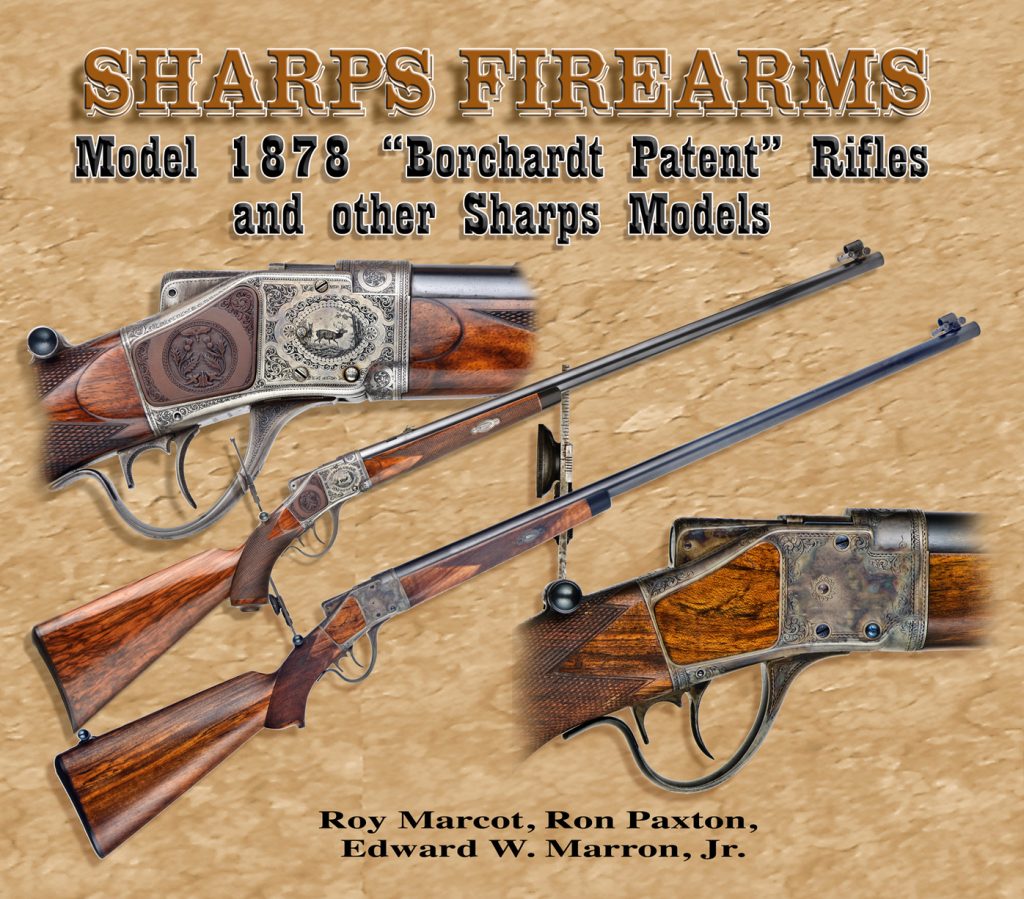
SHARPS FIREARMS, Volume IV
Model 1878 & “Borchardt Patent” Rifles and other Sharps Models
by Roy Marcot, Ron Paxton and Edward W. Marron, Jr.
Published by Northwood Heritage Press, 2024.
ISBN #979-8-9901905-0-4 for the Standard Edition and ISBN #979-8-9901905-1-1 for the Deluxe Edition. Retail price is $125 for the standard hardbound edition, or $195 for one of the limited deluxe editions.
By Mike Nesbitt | Contributing Editor
Here is the long-awaited conclusion to the four-volume set of very fine books about the Sharps Firearms by the team of Roy Marcot, Ron Paxton, and Edward W. Marron, Jr. And yet this book, Volume IV, is much more than just a conclusion, it is a very complete book which is mainly about the Sharps Borchardt Model, the Model of 1878, often called “the hammerless Sharps.”
Pausing just a moment on the subject of the Borchardt Model, I never knew there were so many versions of this rifle. To say “I’m learning things” is putting it mildly.
But there is much more in this book than the Model of 1878, and the Sharps Hankin rimfire rifles and the small four-barreled pocket pistols are also covered. The good old Model of 1874 gets some good mention too in the chapter about the “A” rifles.
A complete look at Sharps Firearms, Volume IV, will have to include that this large book has 485 pages and it weighs over seven pounds all by itself. Like the other volumes, the hardcover dimensions are 12 ½ inches by 10 ½ inches. If size is to be considered, this is the biggest of the four volumes and, perhaps, it is the best.
This volume is divided into 21 chapters and in addition to those it has an Introduction to the Sharps Model 1878 Firearms. That Introduction contains twenty pages all by itself and it introduces everything from Hugo Borchardt to the set triggers for the Model 1878. We might say it covers or includes those subjects in a general way because the real details are found in following chapters which are more specific.
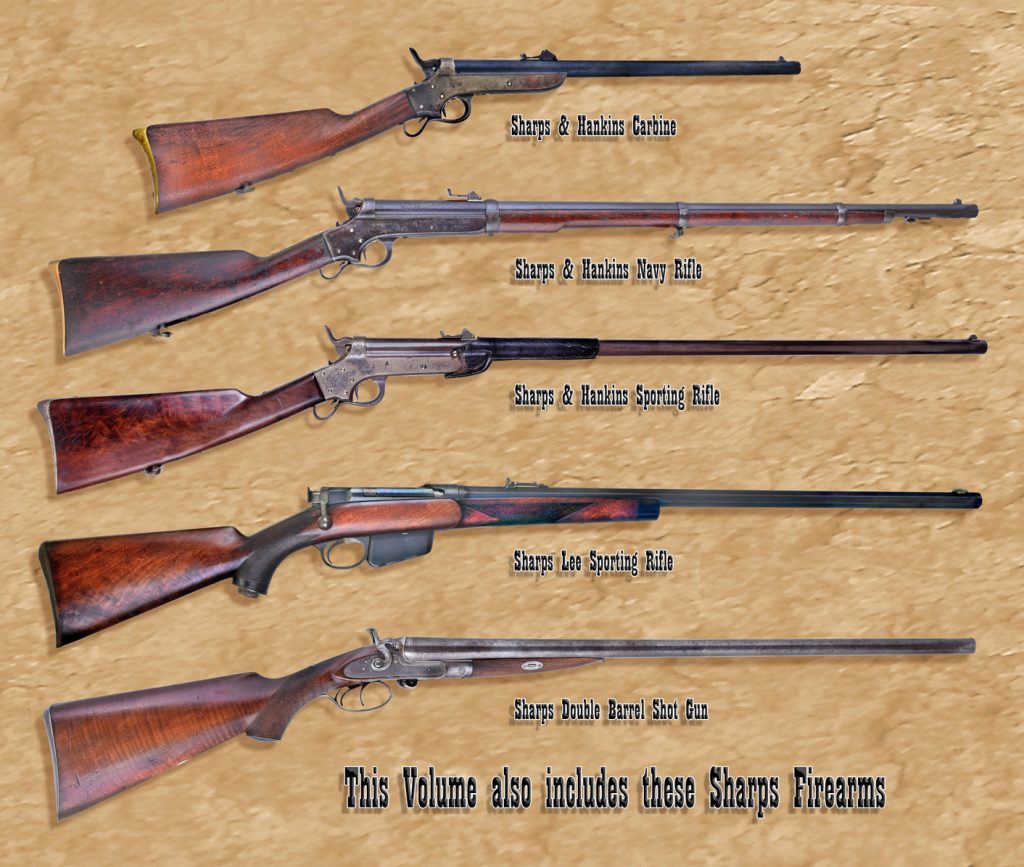
The Introduction is followed by twelve chapters which focus on individual versions of the Sharps Borchardt, as produced by Sharps. Then there are two more chapters about the Model of 1878, those are about the Overbaugh Rifles and a separate chapter is devoted to Borchardt models which were modified by other gunsmiths. One chapter is all about repeating rifles and the bolt action Lee repeater that was briefly made by the Sharps company. The excellent photos of the Sharps-Lee Sporting Rifle, in .45-70 caliber with a detachable box magazine show a very tempting rifle with the octagonal barrel.
A very interesting chapter is about Sharps Long Range Target Rifles in Britain and Ireland. With the interest in international competition blooming as it was in the 1870s, it didn’t take very long for the Sharps rifles to “cross the pond” and become active with the members of those rifle teams. Again, the Sharps rifles mentioned and seen in the old photos are primarily the Borchardt models.
Then there is a special chapter devoted to the Sharps Line Throwing Guns. These were not actually made as such by the Sharps company but they were adapted for line throwing by altering what were generally surplus Sharps rifles or carbines. This chapter was written by John Spangler and he certainly did an in-depth study of the line throwing guns, which were used, as their name implies, to fire lines or ropes, such as from one ship to another while at sea. Unique guns with a unique purpose.
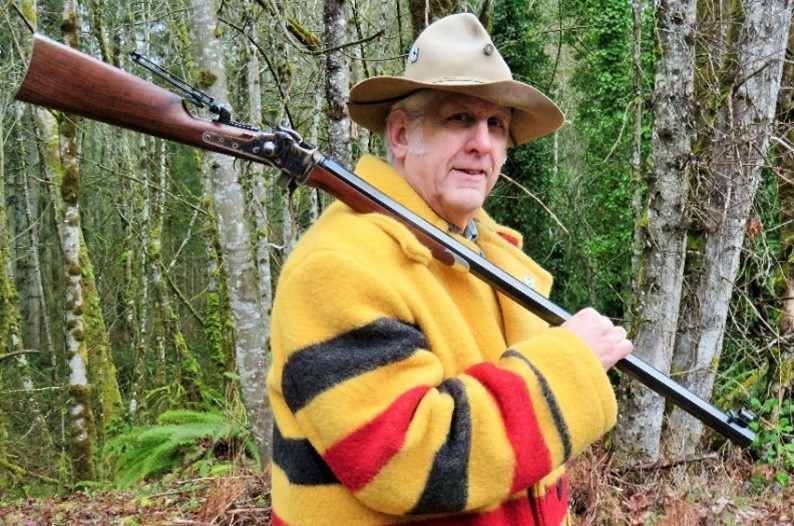
A rather short chapter, compared to other chapters in this book, is all about the Sharps double-barreled shotguns. Actually, those Sharps shotguns were made in England and sold by Sharps after being imported. Nonetheless, there are shotguns “out there” that were marked and marketed by Sharps so it is very good that we can get some detailed information on them.
Following the chapter about shotguns is the chapter dealing with the Sharps & Hankins Rifles and Carbines. This chapter was written by Ralph Spears and in it the reader is taken back to 1854, when Christian Sharps was developing new business. What later became the Sharps & Hankins breechloaders of the Civil War actually started their lives as breechloading percussions which were quickly modified to enable them to fire and use the rimfire ammunition which began general use after Simth & Wesson marketed their .22 revolver in 1857. I had thought the Sharps & Hankins’ rimfire rifles were made to use the Spencer ammunition but that is not necessarily so. The Sharps & Hankins rifles were available for several calibers, most of them unique. And speaking of unique, there was also the Sharps & Hankins Goose Gun which had nine barrels all firing the .32 Long rimfire cartridge. When that gun was fired, all nine barrels were shot at once.
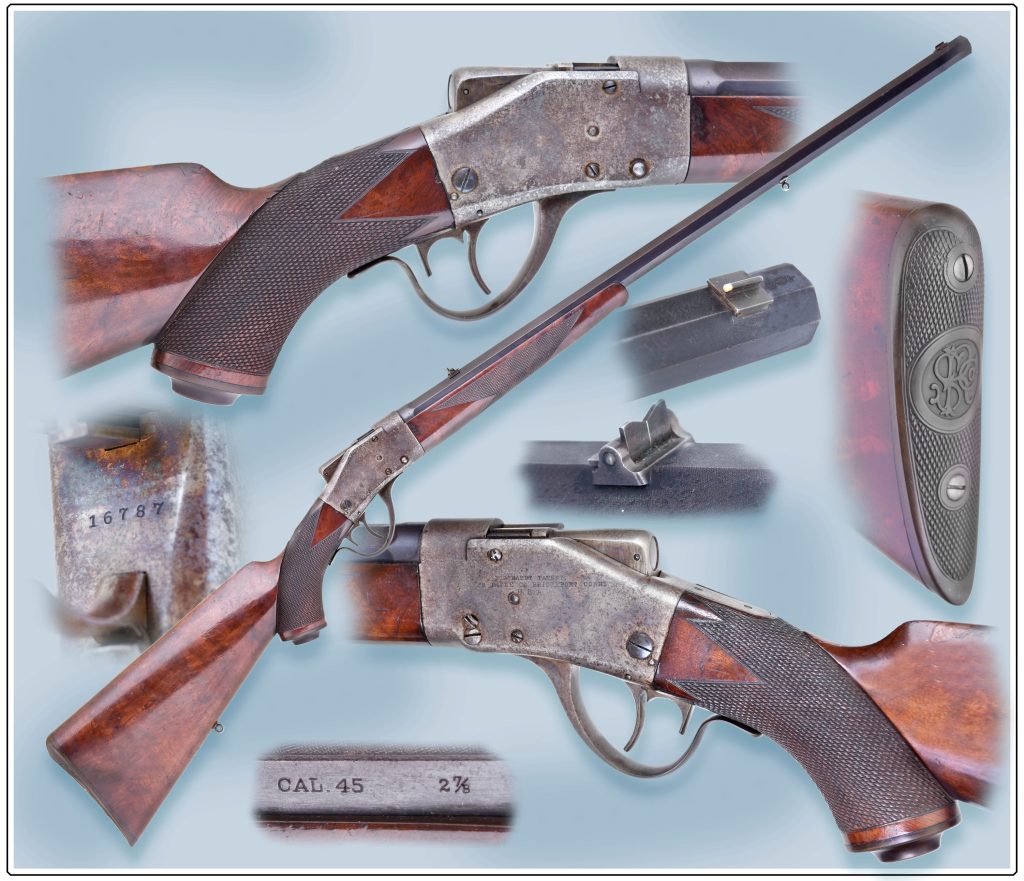
Included in the chapter on Sharps & Hankins are the Sharps four-barreled “repeating pistols.” These derringer-sized pistols had a revolving firing pin and pictures of some fine-looking examples are shown.
Then we come to a chapter that I feel certainly belongs in the book. This is the chapter about Modern Sharps Firearms and featured are the guns by C. Sharps Arms, Inc., Shiloh Rifle Manufacturing Company, and The Davide Pedersoli Company. I feel that having history on these “new” guns is appropriate because the newer Sharps rifles are certainly carrying on the legends of the old ones, and doing a fine job of it.
The book ends with the final chapter which is about The Decline & Fall of the Sharps Rifle Company, 1879 through 1904. The company’s struggles to stay in business are well documented with copies of original letters and memos. We know that the Sharps company began to fail with the end of the buffalo hunting but that was not the only thing that sealed the company’s fate.
Years ago, an editor cautioned me to be brief when reviewing a book. He said “review it, don’t try to re-write it.” While I’ve already said quite a bit about this new book, there is just a little more that I must say. Within the chapter about the Modern Sharps Firearms there is a two-page article about Target Shooting with The Sharps Today which I was asked to write and included is a short discussion about black powder target shooting by Lee Shaver. I must say that I’m deeply honored to that some of my words appear in this book.
This book is endorsed by both the American Society of Arms Collectors and the Sharps Collector Association. It includes a well-done embossed color dust cover that shows off this book. Printing was done on heavy stock, and the very excellent photographs are nice and clear. This is really a fine work on the subject, and with the other three volumes, represents the most complete history of the Sharps Rifle Company ever written.
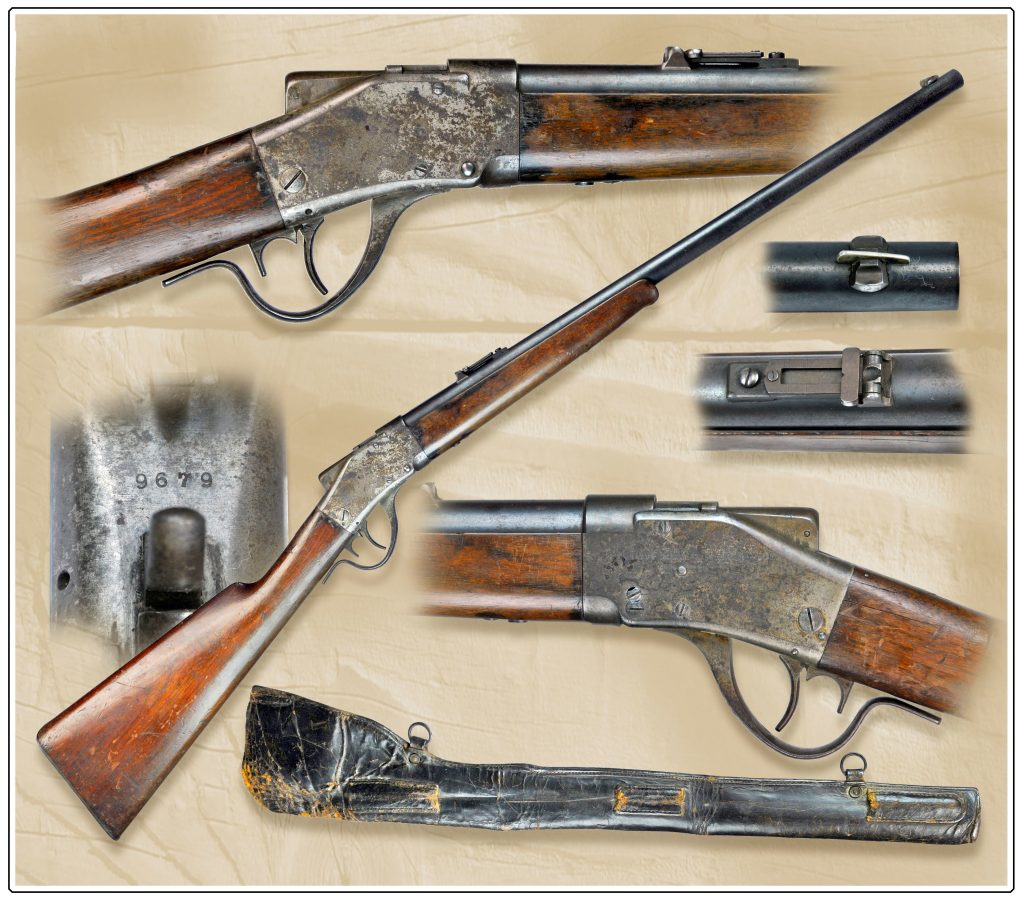
The Special Deluxe leather-bound edition has gilt page edges and a page ribbon plus a leather slip case. Both prices include free shipping within the United States. Send checks made out to Northwood Heritage Press to Roy Marcot, 4680 Placita Casa Sevilla, Marana, AZ 85658.
Questions about the book or ordering should be directed to Roy Marcot at (520) 906-0716, or by email to: roymarcot@msn.com.
Gun clubs and other organizations can seek special quantity book pricing.



